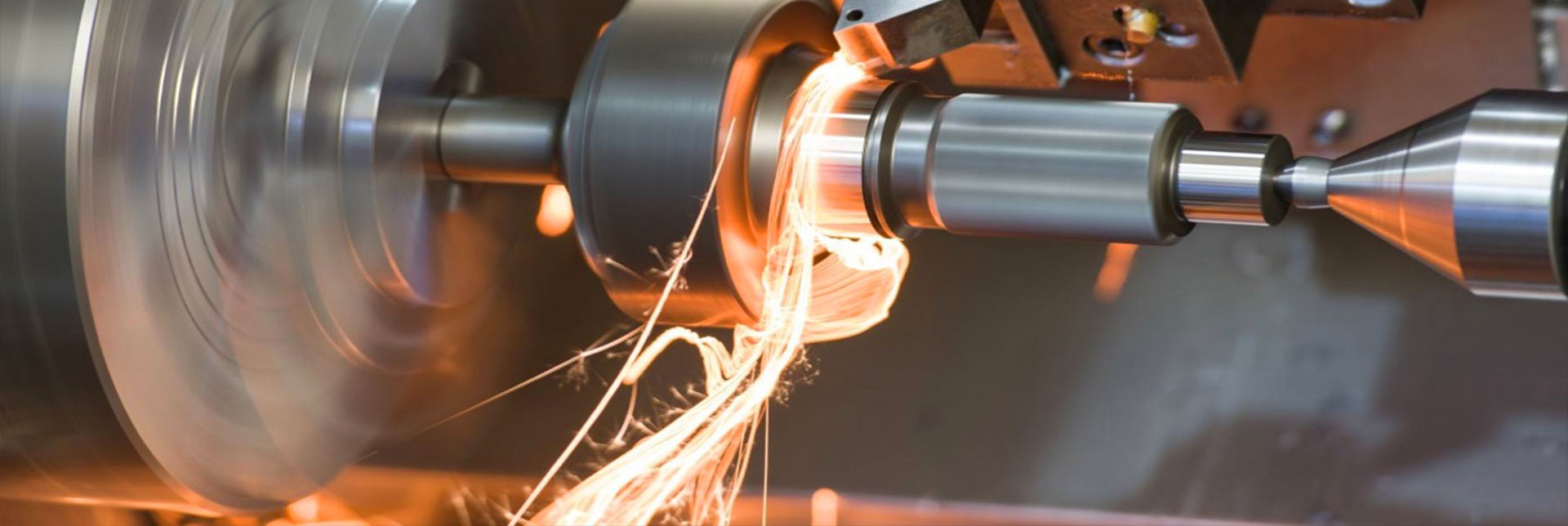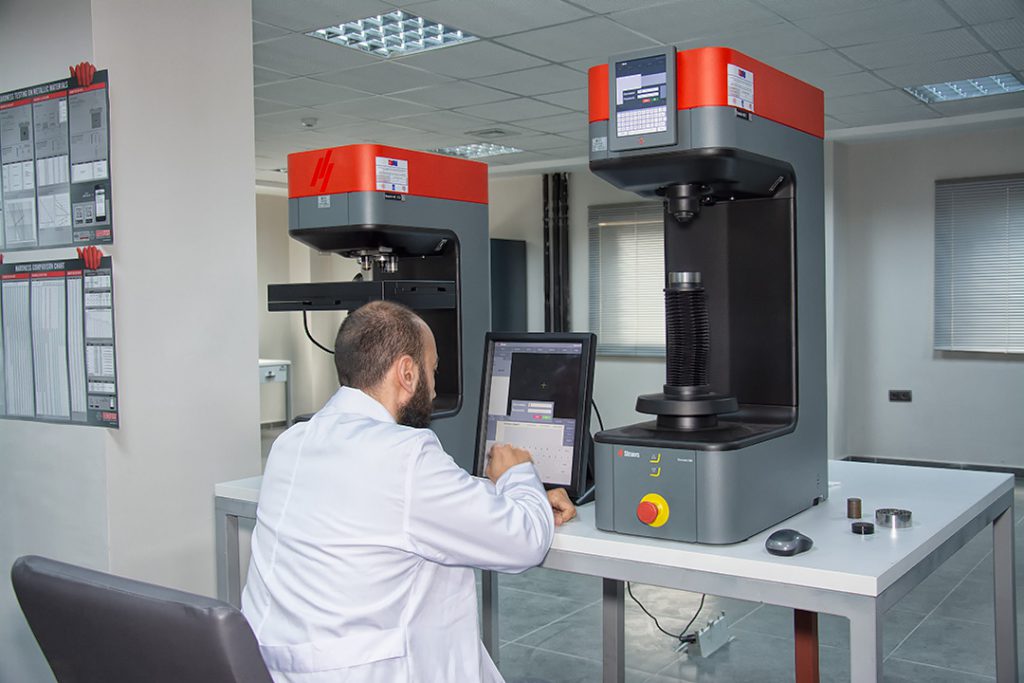

The hardness of the materials expresses their resistance to penetration and defines their attitudes for deforming and processing. The durometers used for this type of test can apply different loads and are equipped with different inductors, the shape of which depends on the type of hardness test.

Hardness can be measured according to different methods and scales. Brinell hardness test is performed by pressing a ball indentation on the surface of the sample with a controlled force for a certain period of time. The round pressure remaining on the sample is measured to calculate the hardness according to a formula. HB is used to refer to this hardness test method.
Hardness testThis is accomplished by applying a controlled force to the surface of the sample for a certain period of time using a recess with a square-based diamond pyramid. After removing the indentation, the pressure remaining on the surface is measured according to the length of its diagonal. The hardness unit given by the test is known as HV, followed by a number that normally refers to the applied load (eg HV30 = 30 kg).
Rockwell hardness is accomplished by positioning a diamond cone or a ball indentation to achieve zero reference position (this is called "preload"). Following this, a large load is applied for a certain period of time, and while it is later lifted, the small load previously applied is still retained. The depth difference between the zero reference position and the indentations due to the large load gives the Rockwell hardness number that can be reported through alternative scales that vary from applied loads (eg HRB or HRC).
To get an appointment, to get more detailed information or to request an evaluation, you can ask us to fill in our form and reach you.